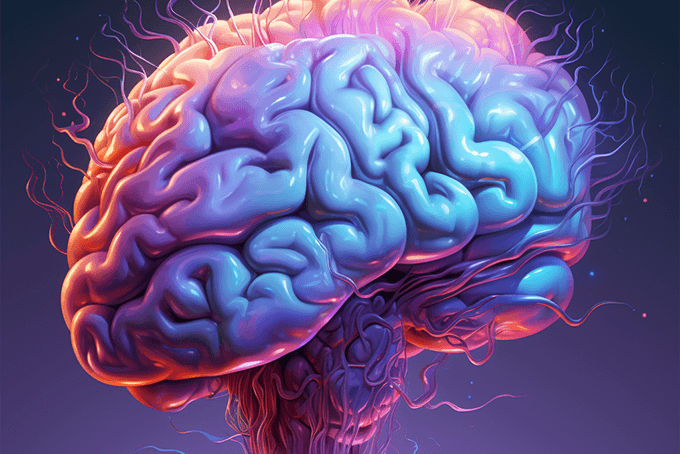Behind every piece of information or action a student learns or learns to do, is a wealth of complicated structures in his brain. As an educator, you should think of yourself as a neuroscientist, navigating your students’ brains in order to grow and change them with each new lesson. This is called, brain-based learning. In order to take on this important task, it is important that you first understand the parts of the brain and the roles they play in learning and cognition.
“The human brain is the best-organized, most functional three pounds of matter in the known universe,” says educator Robert Sylwester in his book, A Celebration of Neurons: An Educator’s Guide to the Human Brain. “It’s responsible for Beethoven’s Ninth Symphony, computers, the Sistine Chapel, automobiles, the Second World War, Hamlet, apple pie, and a whole lot more.”
While the average brain consists of over 100 billion nerve cells, trillions of support cells and dozens of structures that all assist in the learning process, the limbic system is a specific area that we can take a closer look at to see how learning occurs in the brain.
The limbic system: The limbic system is actually a set of brain structures that, according to the Psychology department at the University of Delaware, includes:
- The hippocampus: The hippocampus is essential for main education functions including learning and memory.
- The amygdale: There are two amygdala in the brain. They are essential to feeling emotion such as fear, impulse, and rage. They also help us perceive emotion in others.
- The thalamus: The thalamus sits between the cerebral cortex and the midbrain and acts as a conductor, receiving sensory information and transmitting it to the cerebral cortex and vice versa.
- The hypothalamus: The hypothalamus is located just above the brainstem and controls several involuntary and vital functions in your body. The alerts it gives your body are important to signal you to action. Mainly it controls body temperature, hunger, thirst and sleep cycles.
- The pituitary gland: The pituitary gland is only the size of a pea but plays a major role in brain function. It is at the base of the brain at the bottom of the hypothalamus. The pituitary gland mainly regulates hormones and thus plays a role in growth, puberty, metabolism, blood pressure and sugar levels.
How Our Brain Parts Relate to Learning
1. The amygdale and the prefrontal cortex act together to control emotion. In adolescents the prefrontal cortex is not yet fully formed and thus children and teens lack the control over impulses that adults have. To clear the path to learning, adults need to act as an artificial prefrontal cortex. Help your students stay organized and on task and work with them on calendars and to-do lists as their impulses may draw them to other activities.
2. Children’s growth hormones are especially active while they sleep. During this time, the majority of new nerve growth in the brain is taking place. In order to fully internalize new information, students literally need to sleep on it! Sleep allows their brains time to grow and develop so they can better absorb what they’ve been taught. Make sure your children get plenty of sleep in order to make his or her education most effective.
3. The human body has high-low cycles controlled by the thalamus that last about 90 to 110 minutes. At the top of this cycle, students have more energy and are the most attentive and as they reach the bottom of the cycle they have the least energy and are the least attentive. Try to switch activities or lessons at regular intervals to help hold your student’s attention. Keep it structured though. Multitasking means your student is not giving his full-attention to one task and thus not fully encoding it to his brain.
4. New information enters the brain through neuron (nerve cell) pathways. If students are paying attention and processing the information, the hippocampus then sends a signal to store the information as long–term memory. When memories are being accessed, the same neuron pathways are used to get to the information. Because of this, the more frequently that information is accessed, the stronger those pathways become and the easier it is to recall information. Use repetition in your teaching in order to strengthen these pathways. Frequent rehearsals of using information, rather than cramming all the information in at once like before a test, is the best way to make it easy to remember.
Other sources: http://faculty.washington.edu/chudler/nsdivide.html



